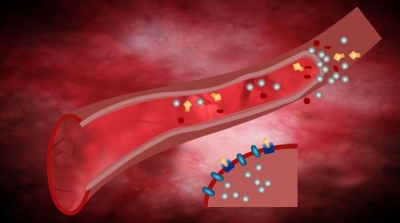Our instructors Ridhi and Mayur, a lively wife-husband duo in their twenties, are passionate dancers and bring in enough sashaying into our work-out schedule. They ensure that everyone walks out exhilarated, after an hour of working out with several elements of fitness including cardio, muscle conditioning, and aerobics.
To me, fitness was never about forced physical activity, but something that is an integral part of one’s life. It is hard to motivate yourself to go to an activity when you have to be pushed.
As a wellness enthusiast, I have always been holistic in my approach to life in general, embracing lifestyle choices such as yoga, Zumba and diet as a daily routine. Adopting such choices with a singular goal such as weight loss is usually futile and not self-sustaining. Oftentimes, people find it difficult to sustain themselves once a certain goal is reached, and usually revert back to their old habits.
On the other hand, incorporating an activity as part of the daily routine is a lot more sustainable. For example, a farmer does his daily chores in the farm, a housemaid walks to several houses, doing household chores, earning a living, and a dance teacher teaches her students dancing moves. All these people do not stop their activity once a weight goal is reached, because this is their life. For them, weight loss is not a primary goal, but a by-product of their routines.
As part of our pre-workout conversations during Zumba, my fellow dance-mate brought up a valid point. She had convinced herself to join Zumba with an eye on her waist-line, and after months of work-out, she was a tad disappointed with no noticeable change in her weight.
This is a trap most rookies walk right into. She may not have noticed that her muscles were more toned in the past few months. If exercising for fitness, my first rule is that weight should not be a metric, at least in the short term. Losing weight is certainly not indicative of a more fit body. So in her case, her fat was slowly being replaced by toned muscles.





